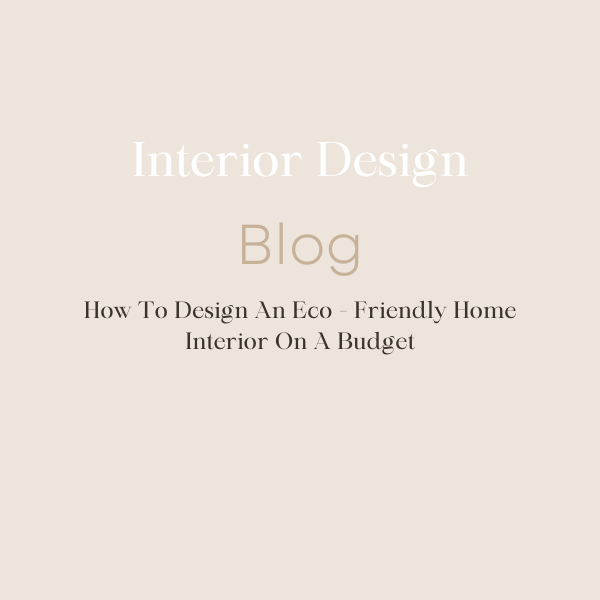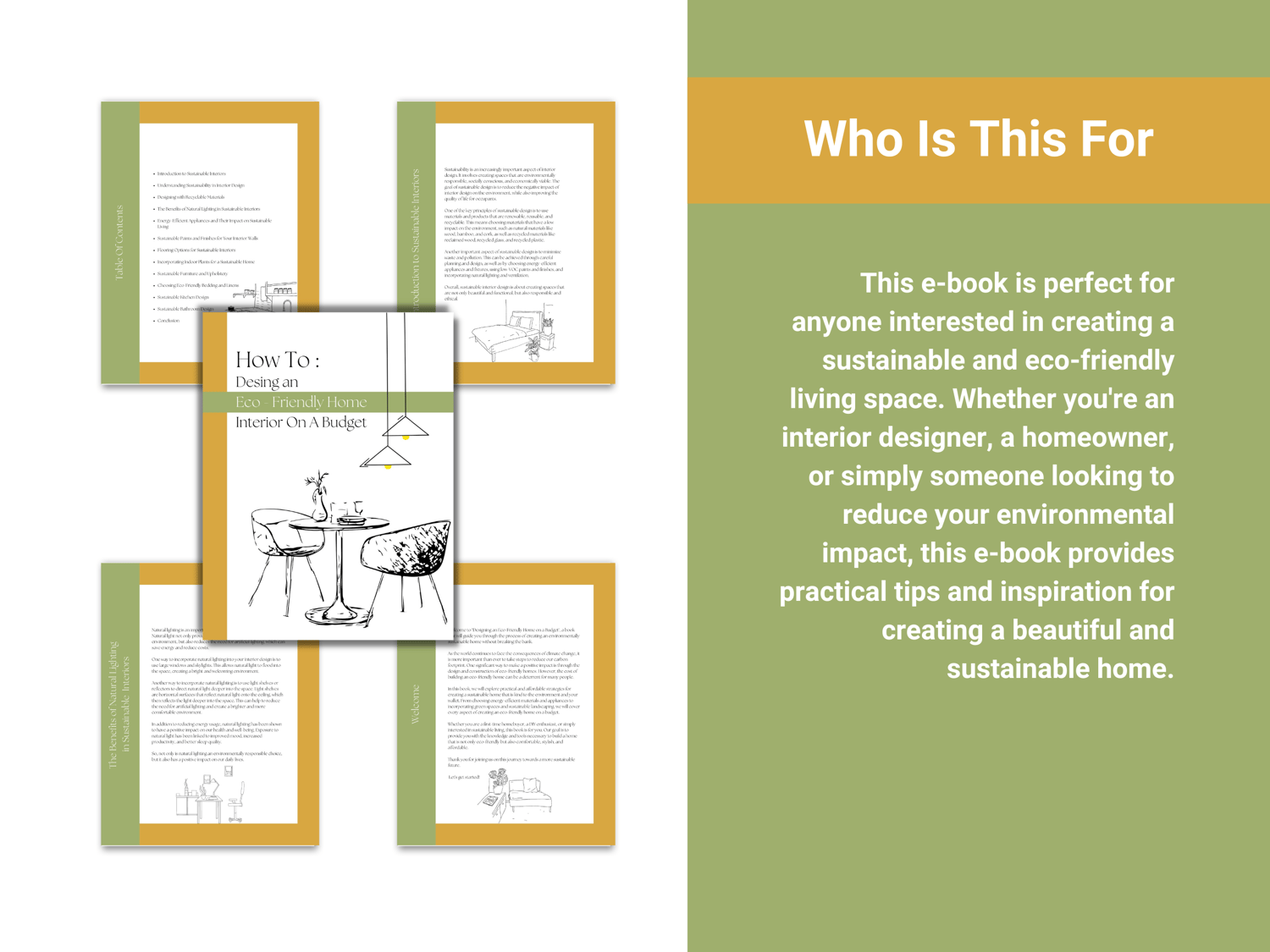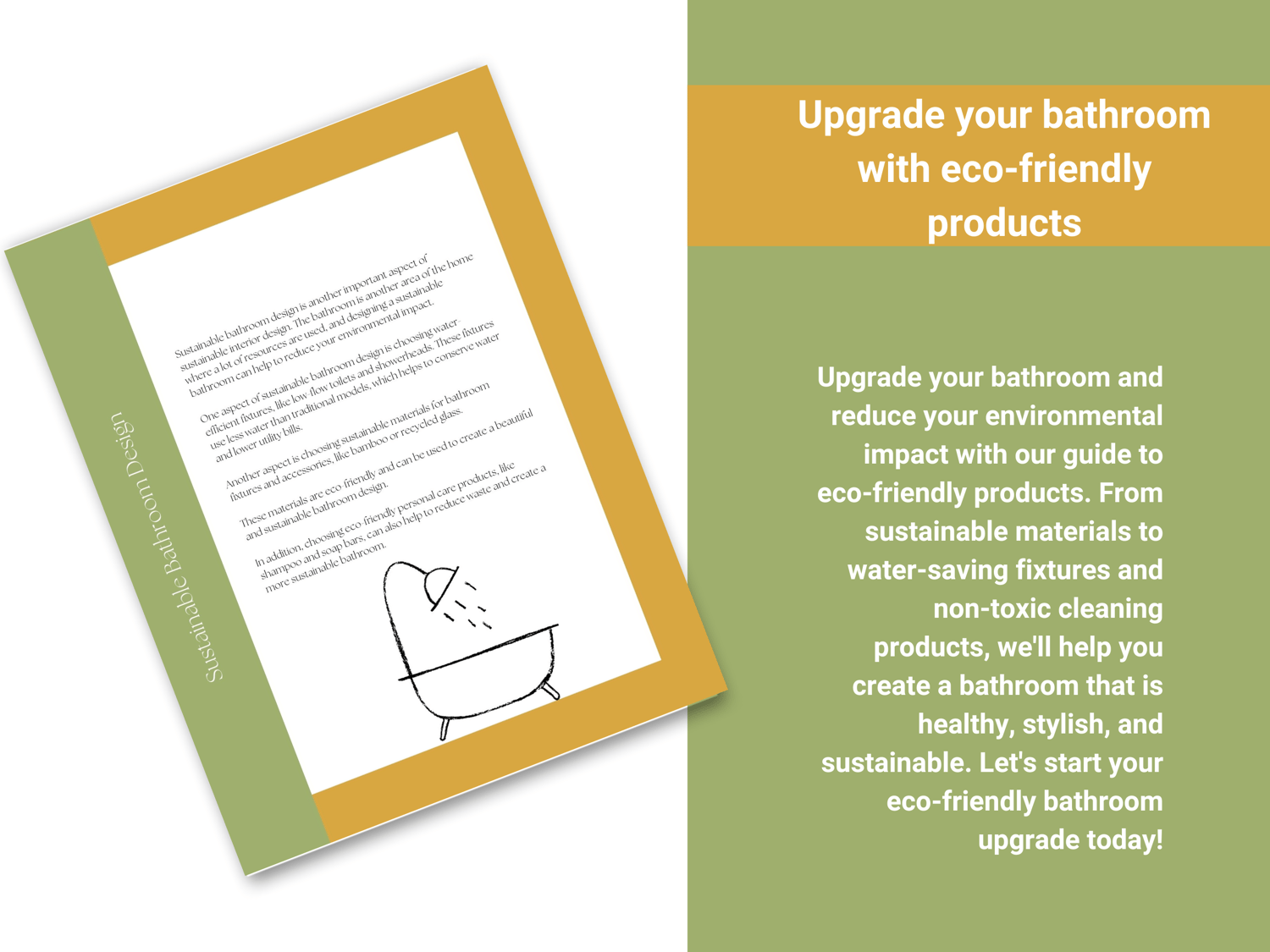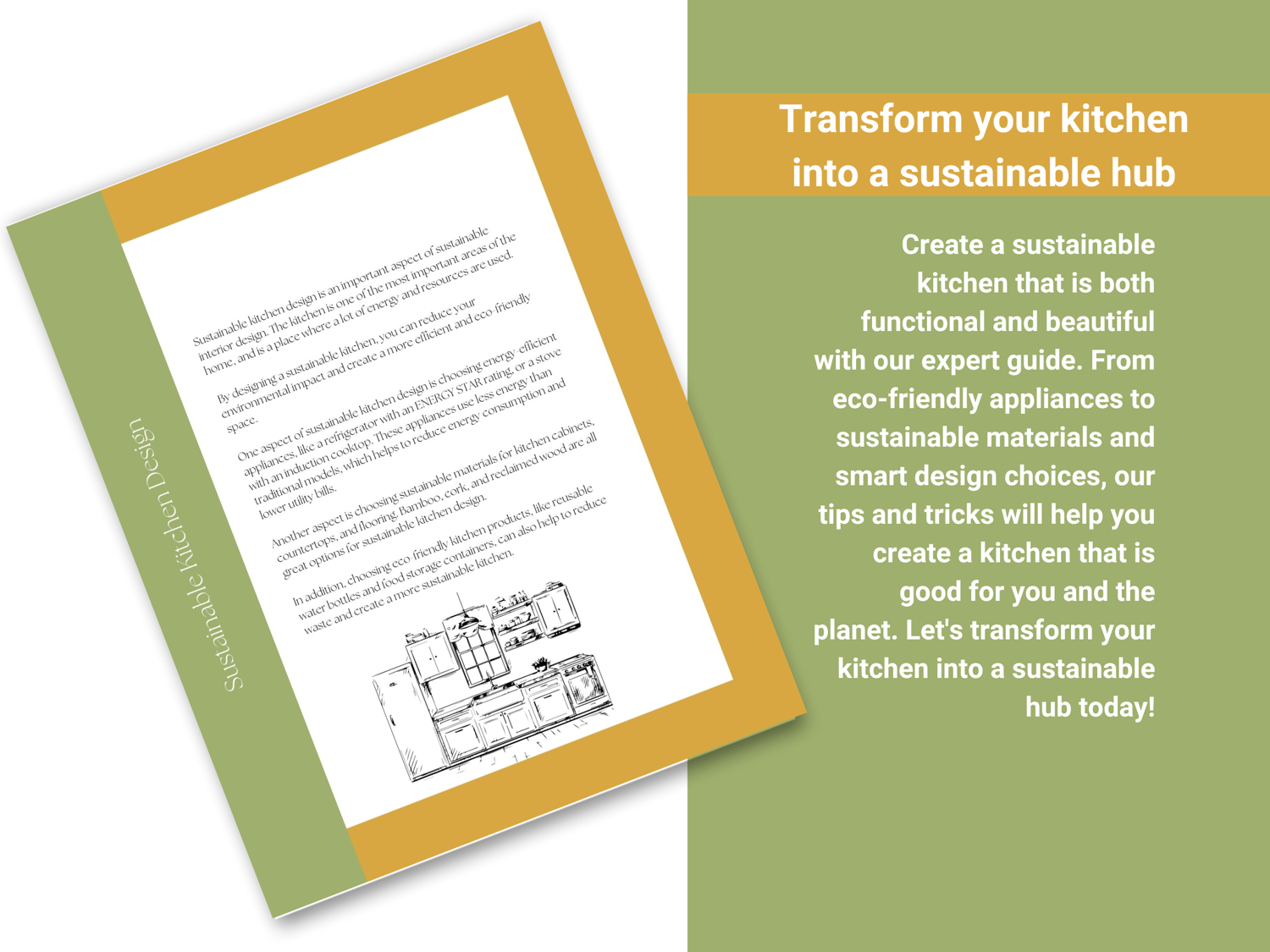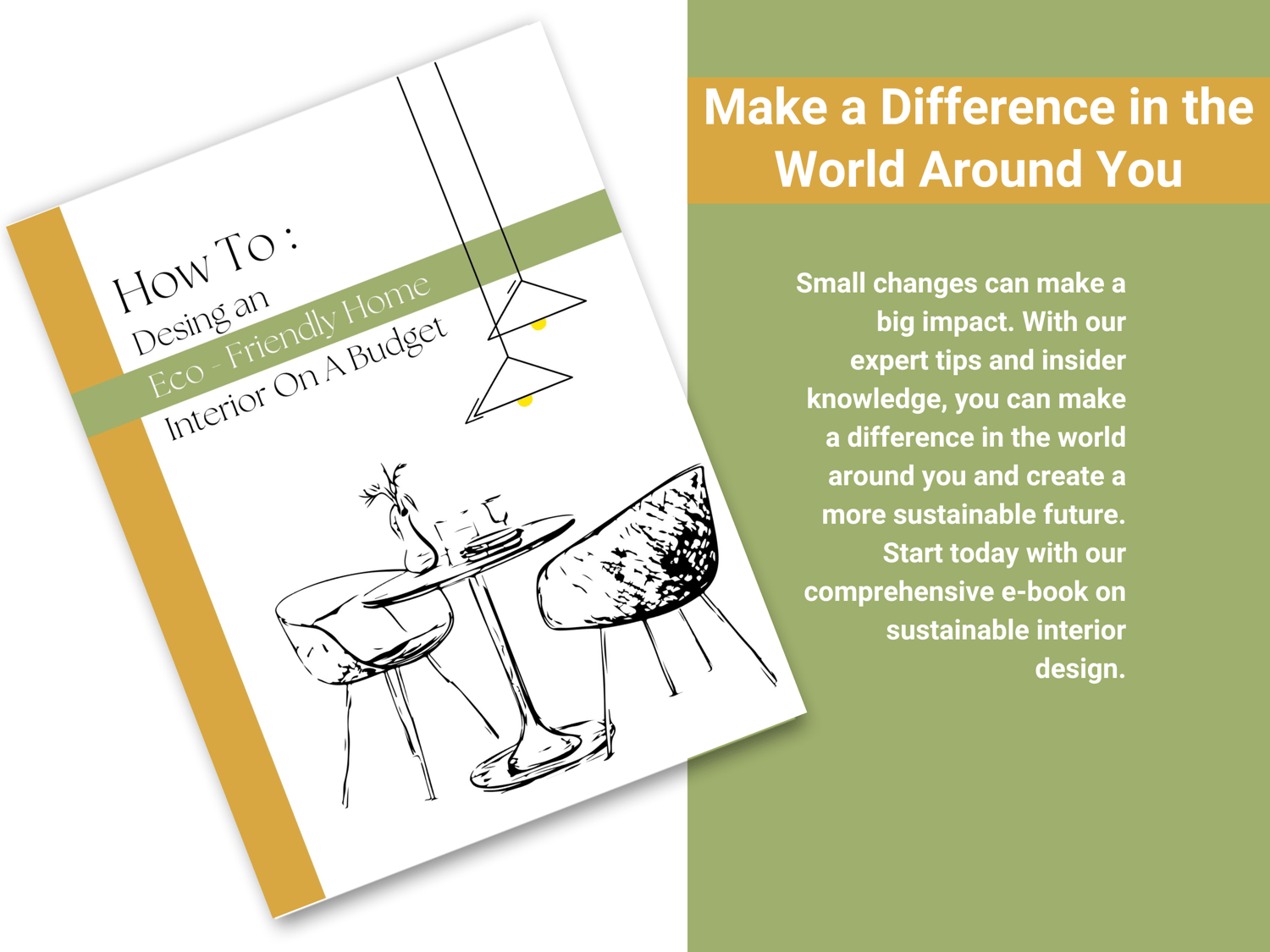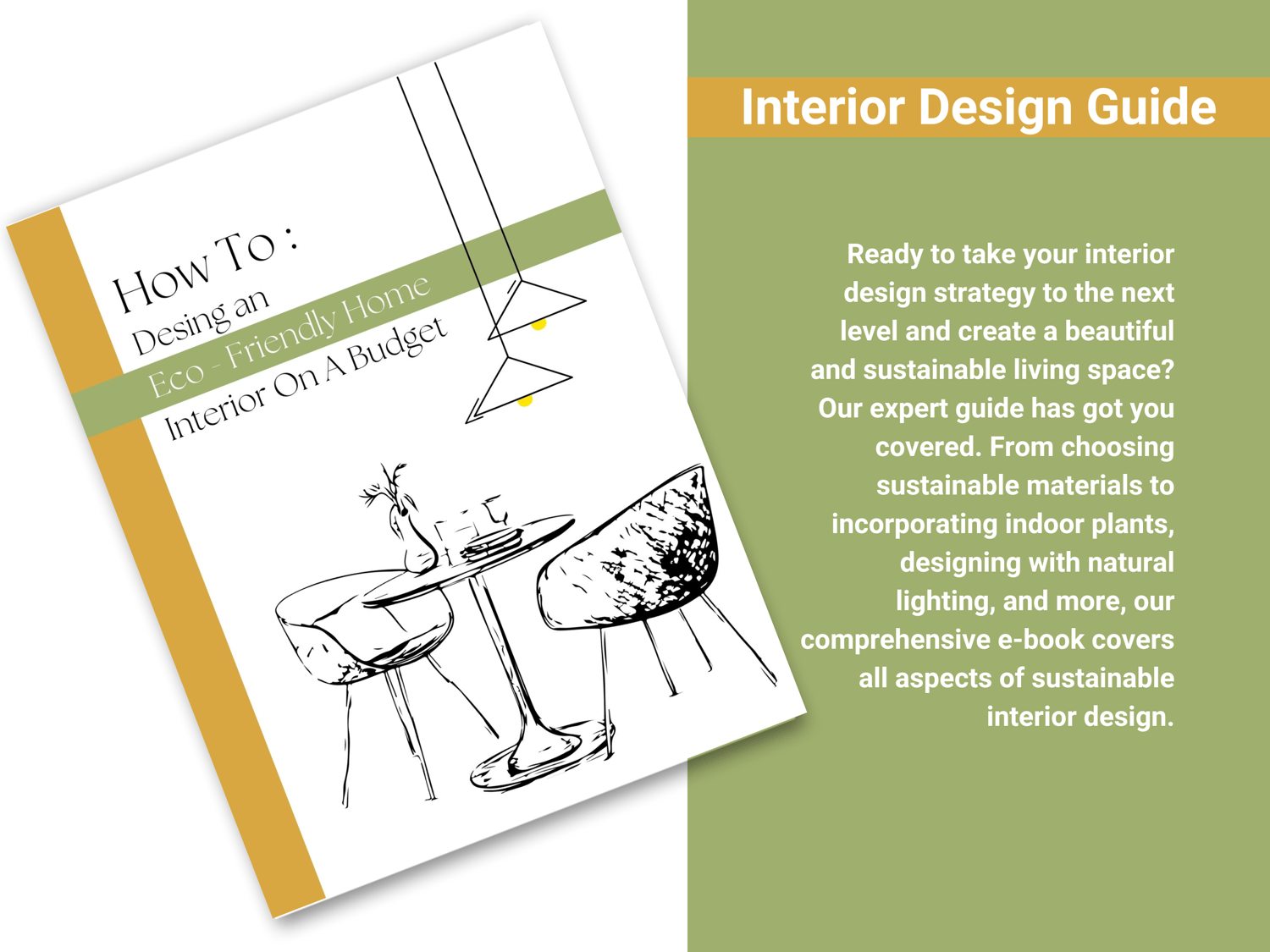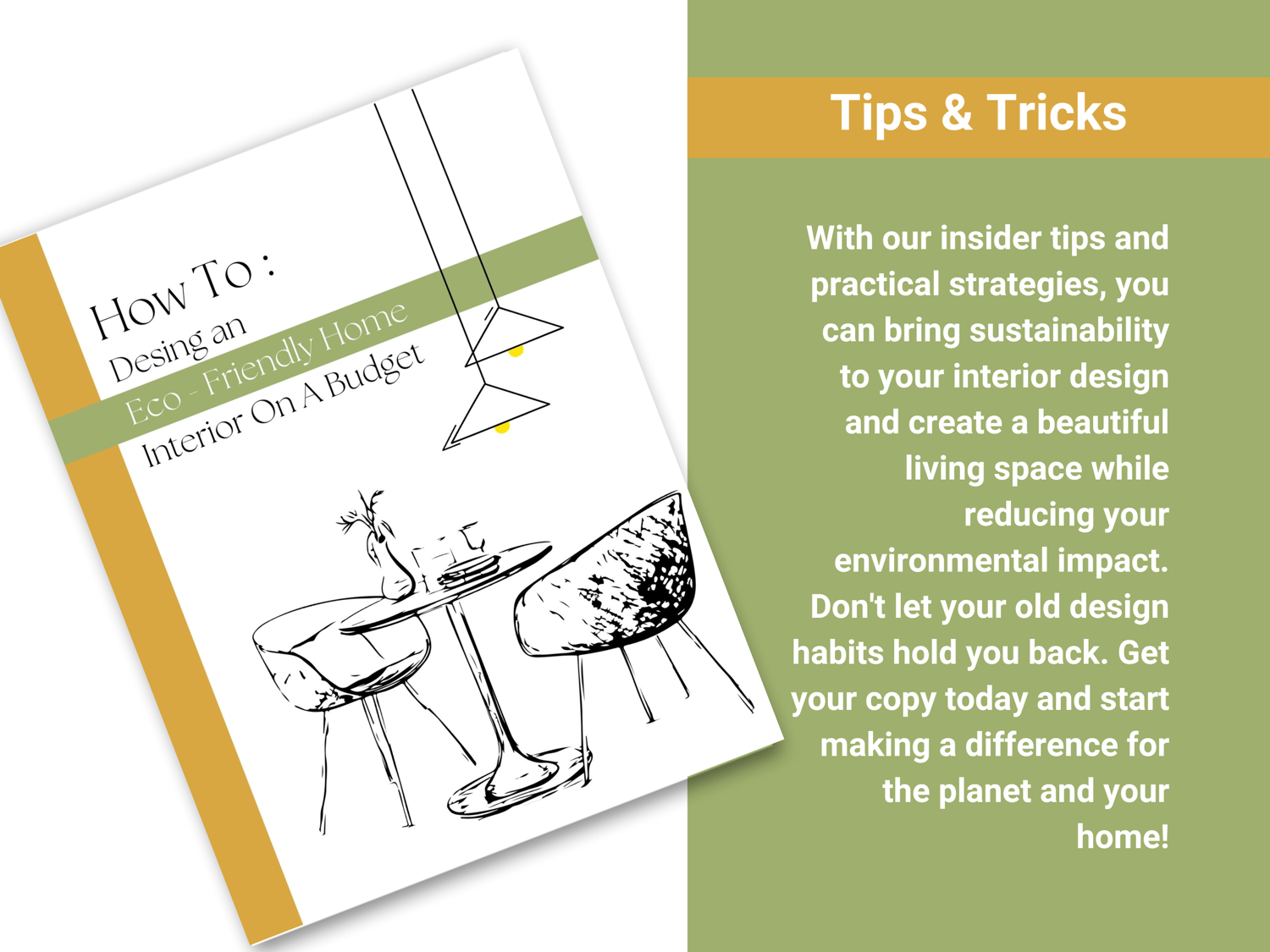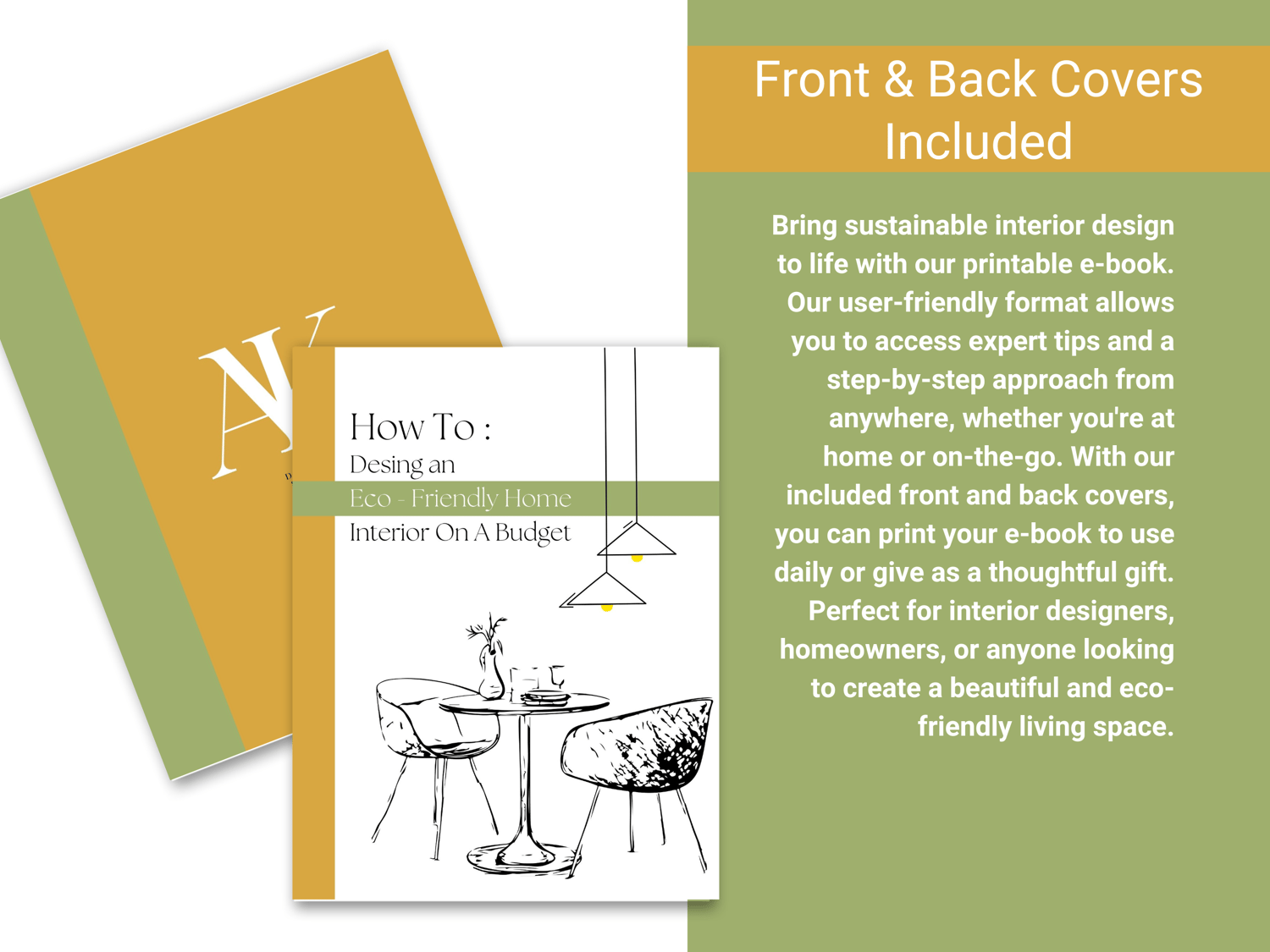In recent years, there has been a growing interest in eco-friendly design and sustainability in all aspects of our lives. And while many people believe that eco-friendly design is expensive, it is possible to create an eco-friendly home interior on a budget. Here are some tips on how to design an eco-friendly home interior that is both stylish and sustainable without breaking the bank.
Choose eco-friendly materials
When selecting materials for your home interior, choose natural, sustainable, and eco-friendly materials. These materials can include bamboo, cork, recycled glass, and reclaimed wood. These materials not only look great but are also durable, sustainable, and less harmful to the environment.
Bamboo is a sustainable and rapidly renewable resource that can be used for many home interior purposes, such as flooring, furniture, and textiles. Bamboo is a durable material that has a similar look and feel to hardwood, but is much more environmentally friendly because it grows quickly and requires fewer resources to produce.
Cork is a renewable and biodegradable material that is often used for flooring, wall tiles, and home decor items. Cork is harvested from the bark of cork oak trees, which grow in Mediterranean regions. The harvesting process does not harm the tree, making it a sustainable material. Cork is also naturally hypoallergenic, antimicrobial, and fire-resistant.
Recycled glass is a great eco-friendly material for home interiors because it can be made from recycled glass bottles and jars. Recycled glass can be used for a variety of home decor items, such as lighting fixtures, vases, and decorative bowls. It has a unique and beautiful texture that can add a touch of elegance to any space.
Reclaimed wood is another eco-friendly material that can be used for flooring, furniture, and accent walls. This type of wood is salvaged from old buildings, barns, and other structures that are no longer in use. Using reclaimed wood helps to reduce the demand for new wood and saves trees from being cut down. Reclaimed wood also has a unique character and texture that adds warmth and charm to any interior space.
Organic cotton is a sustainable and eco-friendly alternative to conventional cotton, which is often grown using harmful pesticides and synthetic fertilizers. Organic cotton is grown without the use of harmful chemicals, making it a safer and healthier option for people and the environment. Organic cotton can be used for bedding, towels, and other textiles in the home.
Incorporating these eco-friendly materials into your home interior design can not only reduce your carbon footprint but also add a unique and stylish touch to your living space.
Opt for energy-efficient appliances and lighting
Energy-efficient appliances and lighting can significantly reduce your energy consumption and lower your electricity bills. Look for Energy Star certified products when purchasing appliances like refrigerators, washing machines, and air conditioning units. When it comes to lighting, use LED bulbs, which are more energy-efficient and last longer than traditional bulbs.
Energy Star Certification: Energy Star is a program that was created by the U.S. Environmental Protection Agency (EPA) to help consumers identify and purchase energy-efficient products. Products that carry the Energy Star certification label meet strict energy efficiency guidelines set by the EPA. By choosing products with the Energy Star certification label, you can reduce your energy consumption and save money on your energy bills.
LED Lighting: LED (light-emitting diode) lighting is a more energy-efficient and eco-friendly option than traditional incandescent and fluorescent lighting. LED bulbs use up to 80% less energy and last up to 25 times longer than traditional bulbs. They also produce less heat and contain no toxic materials like mercury. LED bulbs are available in a variety of shapes and colors, and can be used for a range of lighting applications, from overhead lighting to accent lighting.
When shopping for home appliances and electronics, look for products that carry the Energy Star certification label. These products may cost more upfront, but they will save you money in the long run by reducing your energy consumption and lowering your energy bills. When it comes to lighting, choose LED bulbs for their energy efficiency and longevity.
You may also want to consider installing dimmer switches, which can further reduce energy consumption and extend the life of your bulbs. By making these simple changes, you can create an eco-friendly and energy-efficient home interior without breaking the bank.
Incorporate plants and greenery
Indoor plants and greenery not only add a touch of nature to your home but also help to purify the air. Plants like spider plants, snake plants, and peace lilies are great for improving indoor air quality. You can also create your own mini herb garden, which can be both eco-friendly and useful for cooking.
Use low or zero VOC paints
Traditional paints can contain harmful volatile organic compounds (VOCs) that can cause health problems like headaches and respiratory issues. Instead, opt for low or zero VOC paints, which are safer for you and the environment.
Low or Zero VOC Paint: VOC (volatile organic compound) is a chemical that is often found in traditional paint and can be harmful to both the environment and human health. Low or zero VOC paint is a safer and more eco-friendly alternative that contains little to no VOCs. These paints are available in a variety of colors and finishes, and can be used for both interior and exterior applications.
Where to Find Low or Zero VOC Paint: Many home improvement stores, such as Home Depot or Lowe's, carry low or zero VOC paint options. You can also find these paints online from retailers like Amazon or directly from the manufacturers. When shopping for low or zero VOC paint, look for products that are certified by third-party organizations like Green Seal or Greenguard, which verify that the paint meets strict environmental and health standards.
By choosing low or zero VOC paint for your home interior, you can reduce your exposure to harmful chemicals and minimize your impact on the environment. These paints are also available in a wide range of colors and finishes, so you can create the look you want while still being eco-friendly.
Be sure to read labels carefully and look for certification from reputable third-party organizations when choosing your paint. With a little bit of research, you can easily find and purchase low or zero VOC paint for your next home improvement project.
Upcycle and repurpose
Upcycling and repurposing old furniture and decor items is a great way to save money and reduce waste. Look for ways to repurpose old items in new and creative ways, such as turning old mason jars into vases or using old pallets to create unique wall art.
Buy secondhand or vintage
Buying secondhand or vintage items is not only environmentally friendly but can also add character and charm to your home. Look for secondhand furniture and decor items at thrift stores, garage sales, or online marketplaces like Craigslist or Facebook Marketplace.
In conclusion, designing an eco-friendly home interior on a budget is possible by choosing sustainable materials, energy-efficient appliances and lighting, incorporating plants, using low or zero VOC paints, upcycling and repurposing, and buying secondhand or vintage items. By implementing these tips, you can create a beautiful and sustainable home interior that is both kind to the environment and your wallet.


